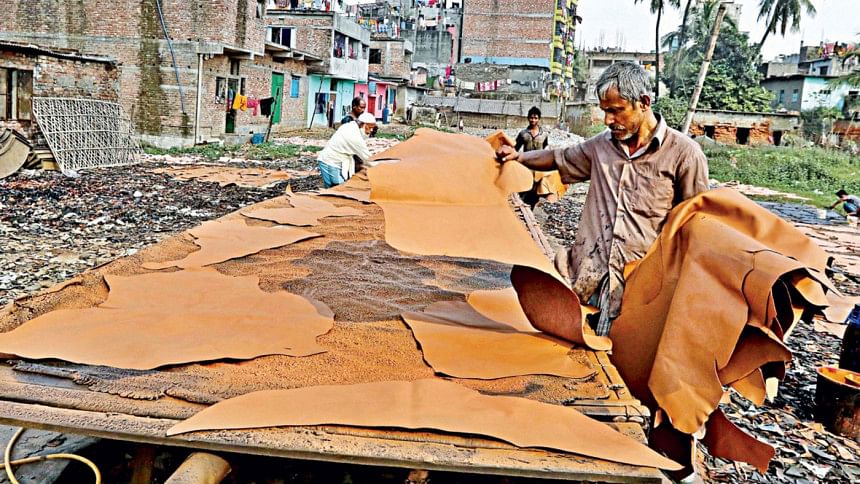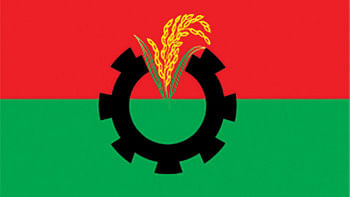Geriatric infants in the industrial sector

I am not referring to human infants, who need society's affection and complete care. The focus here is on "infant industries", a jargon in trade economics for new firms and industries in the international marketplace. Like human infants, the argument goes, they need to be protected until they grow up and are able to compete with established firms in the industry. The presumption was that newly set up industries would face high average costs of production but, through learning by doing, over time, they would be able to reduce production costs enough to be able to compete with established players. Sounds logical, but it raises a host of questions.
Ever since the propagation of the post-War Prebisch-Singer hypothesis of import-substituting industrialisation for developing economies, the strategy of protecting "infant industries" on the path of industrialisation became the bread and butter approach in most developing countries seeking transition from agrarian to industrial predominance.
What was left unclear in this particular approach to industrialisation was "how long" an industry was to be considered an infant industry. Human infants pass through more or less defined stages of childhood, adolescence and adulthood, but the literature on trade theory and policy has given us no such guidance about the periodicity governing infant industries. The history of industrial protection over the past 75 years has revealed that protection, once introduced, falls into the grip of inherent inertia, making it difficult to come out of it. Global research reveals how the policy of protection creates vested interest groups who would devote time and resources to maintaining high degrees of protection unless public policy intervenes to reduce it. In consequence, in most economies, the protection regime gathers its own momentum to secure greater longevity. Sadly, Bangladesh is among those where industrial protection has taken a life of its own, seemingly without any end in sight.
The other unanswered question is "how much" protection is appropriate. While protectionist bans and restrictions on competing imports has been pretty much phased out under WTO rules-based world trade, tariffs remain the orthodox instruments of protection. Again, trade theory and policy does not offer any guidance on how high tariffs (or para-tariffs) could be raised to protect industries.
Globally, tariffs have come down significantly over the past 50 years and customs duties (CD) of 15 percent is considered a "tariff peak", but this is not a legally mandated upper limit, so no one follows it. Bangladesh maintains a top CD rate of 25 percent (unchanged since 2005) complemented by other duties like supplementary and regulatory duties (SD, RD) on imports. These latter group of trade taxes, termed para-tariffs, are additional means of bolstering protection. Although revenue is ostensibly the principal argument for applying these para-tariffs, research from the Policy Research Institute of Bangladesh shows that, by and large, SD serves as an instrument of protection in our economy.
Typically, any consumer good manufactured in Bangladesh is subject to tariff protection at the highest CD rate of 25 percent, topped up by various rates of RD and SD. While all domestic manufacturers of consumer goods get protective CD of 25 percent, and most get three percent RD and 20 percent SD, a few industries are selected for higher protection by giving them "extra" SD of 45, 60 or even 100 percent. We are aware that automobiles, alcoholic beverages and tobacco are subject to the highest rates of tariffs and para-tariffs (up to 650 percent), but that is clearly for mobilising revenue or discouraging consumption, not for protection.
So we have a confluence of three underlying issues in protection relevant to the Bangladesh context—magnitude, sectoral variation and periodicity. Together, they throw up quite a conundrum in the pursuance of protection policy.
First, in the absence of any theoretical guidance on the magnitude of tariff protection, Bangladesh seems to follow a path of "high" protection when compared to other developing economies. Note that in principle, a protective tariff is equivalent to a subsidy on import substitute production, similar to a cash subsidy on exports. A World Bank comparison of average tariffs shows Bangladesh is leading in this sector. It turns out that Bangladesh's average tariff (CD) of 13.5 is higher than that of lower middle income countries (7.2) or upper middle income countries (3.2). It raises the question of how high tariffs have to be for protection to be effective.
Second, if the case for protection is made, why not provide equitable or uniform protection to all import substitutes? There is no theoretical basis for giving higher protection to some and lower protection to others. For example, how do we justify that leather shoes and ceramics are singled out for higher protective tariffs over leather bags and plastic chairs? The way variable protection has been meted out seems to suggest that those sectors or associations that have greater influence or can lobby harder receive the benefit of extra protection.
Third, our protection policy makes no mention of how long the high tariffs would last or when they would start being scaled down. Nor is high or low protection ever linked to performance (output or employment) or made time-bound. As a result, the presumption of entrepreneurs is that tariff protection, once granted, would be everlasting. Simple logic tells us that in such cases, producers become complacent. There is a lack incentive to become more efficient and reduce costs, and to become globally competitive and capture job-creating export markets.
More importantly, and what is seldom recognised, is that it is consumers who actually pay the protection tax—the price increase resulting from tariffs on competing imports as well as domestically produced import substitutes. As such, it is a transfer of resources from consumers to producers and the government. In letting protection last indefinitely, consumers are made to bear the burden without being told when they might hope to see domestic prices of consumer goods reflect lower international prices, not to mention coming out of the limited choice of imports that is associated with protective tariffs. Until then, it seems Bangladeshi consumers are left with no choice but to pay prices of consumer goods at least 50 to 75 percent above international prices.
To be sure, the practice of ad infinitum protection to industries cannot be taken as policy support to infant industries because so many of the protected industries have been in business for decades. Promising industries like agro-food processing, footwear and leather products, electrical gadgets, plastics and ceramics have export potential but high tariff protection, making domestic sales more lucrative and discouraging exports. When we talk of export diversification, the focus is on these industries, in addition to jute goods, electronics, pharmaceuticals and light engineering products. Emerging industries established in recent years, like bicycles, motorcycles, mobile phones, air conditioners and refrigerators indeed fall into the category of infant industries, to be supported with tariffs and other incentive measures available. But simple logic (bolstered by trade theory and policy) suggests that such support measures must be made time-bound or performance-based to be effective in developing efficient and competitive industries. This was how some of the successful developing economies managed their industrial development. Eventually, they were able to pare down protective tariffs and compete in the global marketplace.
The practice of perpetual protection, rather than building robust competitive industries of the future, could become a path to nowhere, besides creating and sustaining industries that are likely to need life support till the cows come home. If industries require high protective tariffs after being in business for 20, 30 or 40 years, they cannot be regarded as infant industries but could be termed as "geriatric" infants. Unfortunately, the list of geriatric infants in our industrial sector is large and only getting larger. Rapid scaling down of protection for such industries is in the national interest, and in the long-term interests of the industries concerned, and would be of immense benefit to the average consumer in Bangladesh.
Dr Zaidi Sattar is Chairman, Policy Research Institute of Bangladesh (PRI).

 For all latest news, follow The Daily Star's Google News channel.
For all latest news, follow The Daily Star's Google News channel. 



Comments